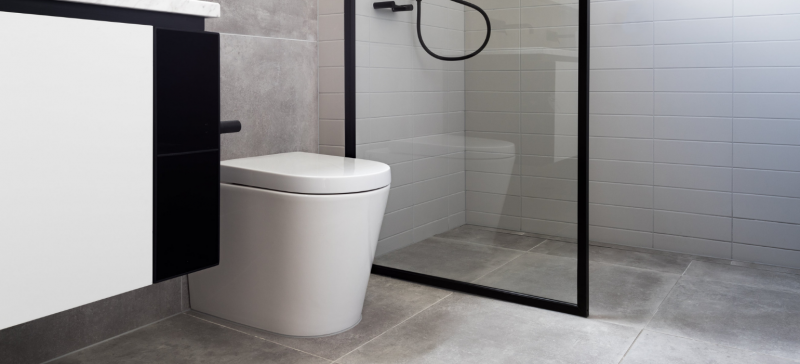Water Efficiency In The Bathroom — Is It Really That Simple?
Over the past 15 years, Australian households have reduced their annual water usage by just under 10% to 1,899 Gigalitres — that’s a saving of just over half of the Sydney Harbour or about 100,000 Olympic swimming pools each year (ABS).
During this time of heightened environmental awareness, we’re seeing an increasing demand for products that follow a similar trajectory towards sustainability. By utilising various water saving tools and techniques, the Australian Government believes that by 2030, we can save $2 billion, averaging a saving of $175 per household each year.
Better yet, some experts say that by reducing water use by 50 litres per person per day, we could delay or potentially completely avoid the need for new water provision infrastructure like dams and desalination plants.
But is water conservation really that simple? Let’s have a closer look.
The main culprit
Approximately 20% of household water usage happens in the bathroom, with an additional 18% from the toilet alone. To put that into perspective, an average Aussie household uses about 205,000 litres each year, meaning each home is flushing 36,900 litres of water every single year.
On top of that, a running tap uses about 16 litres per minute, whilst a dripping tap can waste up to 20,000 litres in a single year.
So, other than obvious domestic water saving techniques, what else can be done?
What about WELS?
The Water Efficiency Labelling Scheme (WELS) was developed to help Australians make informed water efficiency choices about their plumbing and whitegood products. The success of this Scheme has now resulted in an Australian-led International Organisation for Standardisation (ISO) project committee on water efficiency.
Trade professionals, including builders, developers, architects and plumbers have water saving obligations and guidelines under WELS, which means they must meet the same requirements as retailers selling products direct to consumers.
“Over recent times we’ve seen a dramatic change in the way the industry is tackling sustainability. Initiatives such as WELS, including advancements in water saving technology, is changing the way architects and developers are creating these large-scale residential and commercial projects,” says Paul Thornewell, General Manager, Novas Kitchen & Bathroom.

Click here to learn more about your WELS labeling requirements and obligations.
The results
So, how much do we actually conserve by using WELS rated products?
By specifying 3-star water efficient showerheads, you’re saving 14,500 liters each year per shower, and you can save between 30,000-40,000 litres per year per toilet by specifying a 4-star dual flush toilet.

Similarly, by using water efficient tapware you can reduce the above mentioned 16 litres per minute, to as little as 5 litres per minute — that’s a 68% reduction in water usage for a single tap.
It really is that simple.
Novas Kitchen & Bathroom offers a huge range of 3-star, 4-star, 5-star and 6-star products, including toilets, bathroom and kitchen taps, mixers and showers. You can view our range here.
We’re dedicated to continuously monitoring our efforts to reduce our environmental footprint, and always look to adopt new sustainability initiatives as they are developed. So if you need some water saving product advice, please feel free to contact us.
Click here for more Novas news.



